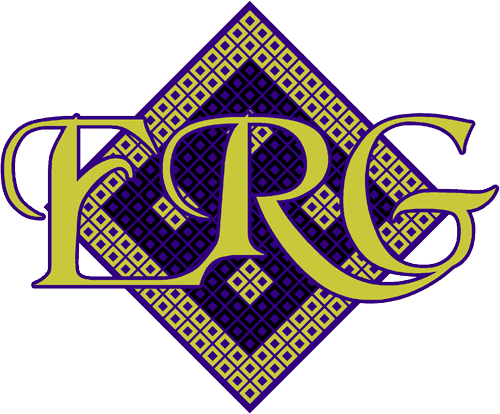Persian Heriz Rugs: An Overview
Introduction: Persian Heriz rugs, often known as Serapi rugs, form a unique category within the realm of traditional Persian rugs. Renowned for their characteristic geometric patterns and vibrant colour schemes, they originate from the town of Heris (also spelled Heriz) in Northwestern Iran. These rugs are celebrated for their durability, skilled craftsmanship, and intricate designs.
1. Historical Background and Geographic Origin: The tradition of Heriz rugs dates back to the late 19th century. Heris, situated in the East Azerbaijan province of Iran, emerged as a significant centre for rug production during this period. Local inhabitants from neighbouring villages and towns are primarily responsible for crafting Heriz rugs.
2. Design Aesthetics and Patterns: Heriz rugs are distinguished by their prominent central medallions and well-defined geometric motifs. These motifs often encompass an array of stylised floral patterns and angular designs. The colour palette utilised is opulent, featuring deep reds, blues, and ivory shades, often highlighted by contrasting outlines.
3. Weaving Techniques and Choice of Materials: Heriz rugs are meticulously hand-knotted using high-quality wool known for its resilience and resistance to wear. The knot density may vary; however, Heriz rugs generally possess a coarser weave compared to certain other Persian rug varieties. This attribute contributes to their robustness, rendering them suitable for areas with high foot traffic.
4. Unique Characteristics: A notable feature of Heriz rugs is their graceful ageing over time. The hues of the rugs gradually mellow, resulting in a refined patina that enhances their aesthetic appeal. This natural ageing process underscores the exceptional quality of materials and artisanal expertise involved in creating these rugs.
5. Collectibility and Monetary Value: The collectibility of Heriz rugs is rooted in their historical significance and artistic merit. Antique Heriz rugs, particularly those originating from the late 19th and early 20th centuries, command significant prices within auction houses and the antique rug market, reflecting their enduring appeal.
6. Maintenance and Preservation: To preserve the visual allure and longevity of a Heriz rug, careful maintenance is essential. Regular vacuuming, periodic rotation to prevent uneven wear, and the avoidance of direct sunlight exposure are fundamental practices to ensure the integrity of these rugs.
For a more in-depth exploration of this topic, individuals may delve into various literary works, articles, and online resources that comprehensively cover the historical, stylistic, and cultural aspects of Persian Heriz rugs. Additionally, visits to specialised rug boutiques or galleries provide an opportunity to engage with these rugs firsthand, gaining insights from experts well-versed in this field of expertise.
